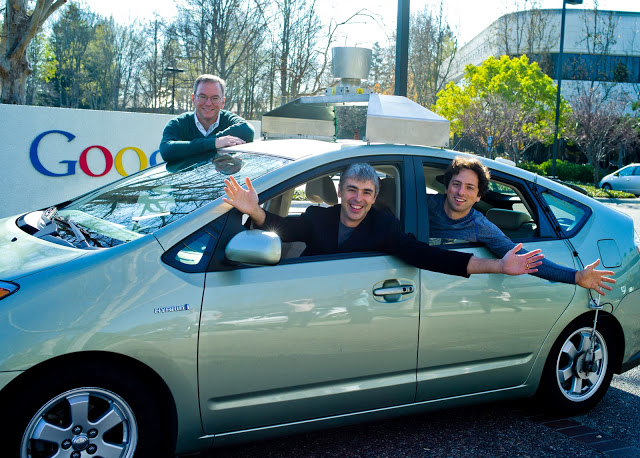Does the sheer range of vendors selling connected products mean the Internet of Things cannot be siloed? Esmeralda Swartz, VP of Marketing Enterprise and Cloud at Ericsson, believes the flood of devices entering the market place will keep IoT standards open.
Swartz spoke to Decoding the New Economy during her Sydney visit last month where she laid out Ericsson’s vision of the connected city.
One of the aspects marking Swartz’s and Ericsson’s view of the smartcity evolution is that for a connected community to succeed is that there needs to be a mix of large corporations, startups, community groups and government agencies working together.
That view is different from most smartcity advocates’ views which are either top down with the technologies being implemented by governments or bottom up with adoption being driven by startups.
Community groups are usually overlooked in the smartcity discussion so it’s refreshing, and possibly more democratic, to hear them being included in the conversation.
One area that isn’t missed in the smartcity discussion is security, something Swartz agrees with.
“With the IoT the attack surface expands exponentially,” Swartz says. “Security needs to be built into every layer at both the application and device levels.”
Along with privacy, standards are the other issue challenging the smartcities movement and Swartz is more relaxed saying, “the diversity of devices means it is hard to achieve vendor lock-in.”
“The nature of all these things that can be connected means you can’t connect all the layers without the connections being open.”
As we’re seeing in everything from cars to smart rice cookers, the race is on to lock consumers, businesses and communities into platforms. Many of the vendors are creating their own platforms to lock customers into their walled gardens.
If Swartz is right, then the market will defeat the vendors’ attempts to lock users onto their platform. That does seem though to be high risk for customers who may find themselves stuck in the grip of one standard or company.




